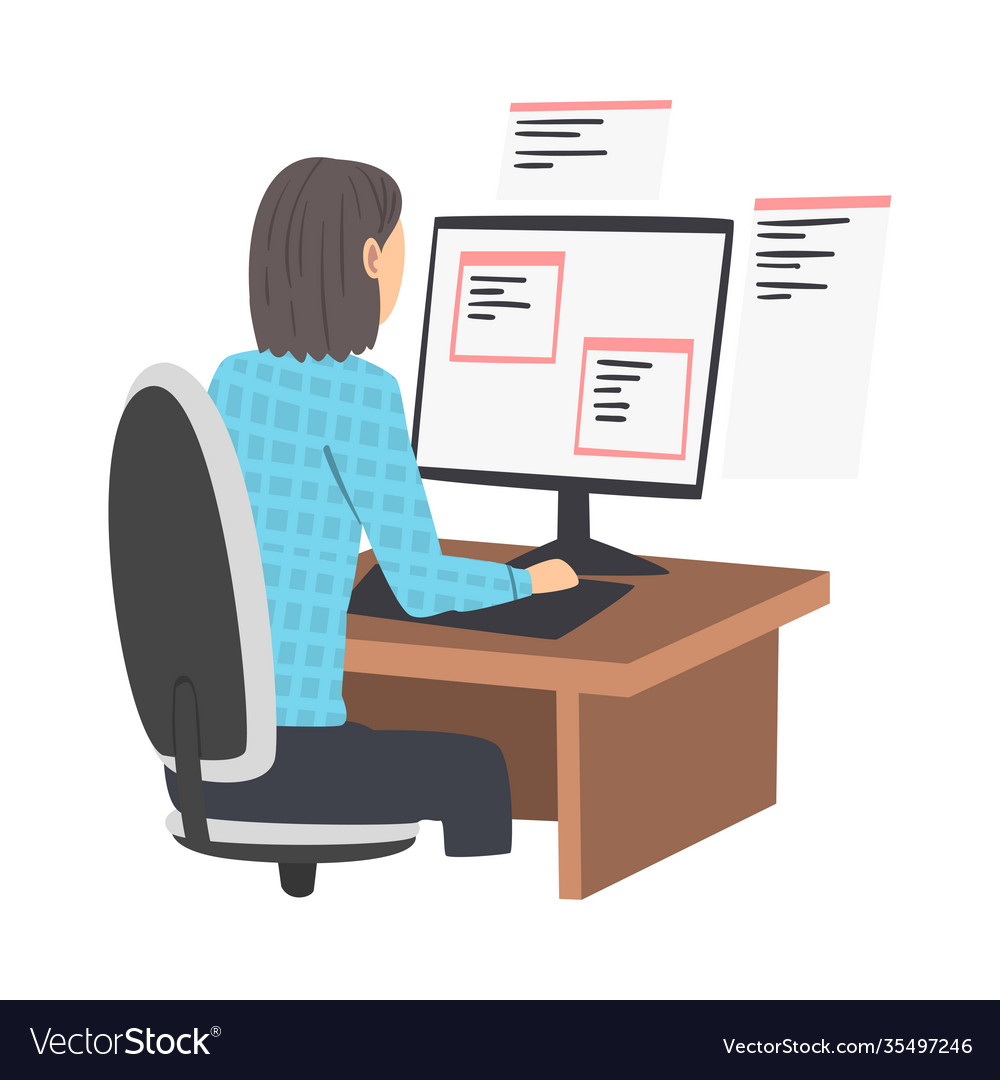Committed Developers vs. In-House Teams: Which Is Right for You?
The choice between making use of specialized developers and preserving an in-house group is a considerable one that can influence the trajectory of your jobs and total company technique. Devoted programmers supply a level of flexibility and specific expertise that can be advantageous for details, short-term initiatives. Conversely, internal teams add to a natural company culture and a nuanced understanding of lasting objectives. By examining critical aspects such as spending plan, job scope, and desired control, you can much better identify which technique aligns with your organizational needs. The effects of this selection prolong past prompt end results-- think about the broader influence on your service landscape.
Comprehending Dedicated Designers
The growing demand for specialized abilities in the tech sector has brought about the introduction of dedicated designers as a practical remedy for many companies. These professionals are typically acquired on a project basis, enabling firms to leverage certain competence without the long-term commitment related to permanent hires. Dedicated designers are often embedded within a customer's group, providing versatility and scalability to fulfill project demands.
This version allows organizations to access a worldwide ability swimming pool, which is particularly helpful in a swiftly evolving technological landscape. Devoted designers can be sourced from numerous geographical areas, ensuring that firms can discover the appropriate ability set at competitive rates. They typically bring a wide range of experience and expertise, having actually dealt with varied tasks throughout different industries.
Furthermore, specialized designers can concentrate solely on the jobs available, improving efficiency and effectiveness. They are furnished to incorporate effortlessly right into existing process, working together carefully with in-house teams to achieve project objectives. This approach not only reduces the problem of employment and training however likewise allows organizations to continue to be dexterous, adjusting promptly to altering market demands and technological developments.
Advantages of In-House Teams

Furthermore, internal groups tend to have a much deeper understanding of the firm's objective, worths, and objectives. This alignment can improve staff member interaction and inspiration, as employee feel extra connected to their work and the company's success. In addition, having a devoted internal group permits better positioning of objectives and techniques, as these participants are continually concentrated on the company's priorities.
In-house teams likewise promote quicker decision-making procedures, as they can react more rapidly to obstacles and adjustments. The established relationships and familiarity with business procedures permit streamlined process and decreased miscommunication. Eventually, the combination of a cohesive culture, alignment with organizational goals, and efficient communication makes internal groups a beneficial property for several organizations, particularly those seeking to grow long-term growth and advancement.
Expense Factors To Consider
When evaluating price factors to consider, both specialized designers and in-house teams existing unique financial implications for companies. Engaging dedicated programmers commonly entails a pay-per-project or hourly rate version, which can be economical for companies with fluctuating task needs. This approach permits versatility in scaling resources up or down, making certain that business only spend for the services they require.
On the other hand, internal teams require repaired costs, consisting of salaries, advantages, and overhead expenses such as office and devices. While this model supplies greater control and prompt accessibility of sources, it might lead to greater long-term costs, particularly if the workload does not warrant a full-time team.
Furthermore, firms should published here think about the concealed prices connected with employment and training of internal staff members, which can further strain budgets. Sometimes, the moment and sources invested on managing an in-house group can diminish the company's core business goals.

Job Management and Flexibility
Project monitoring and flexibility are essential elements that affect the choice in between internal groups and devoted programmers. Dedicated groups typically have actually established procedures for managing jobs properly, leveraging specific methods like Agile or Scrum, which promote iterative development and versatility.

Inevitably, the selection between internal teams and dedicated programmers depends upon the desired degree of flexibility and the details job management needs. Business must review their operational characteristics, job intricacy, and source schedule to figure out which option lines up best with their calculated objectives.
Making the Right Option
Picking the appropriate development approach-- devoted designers or internal groups-- calls for a mindful analysis of numerous variables that straighten with a firm's critical objectives. Alternatively, internal groups can supply far better connection and combination with existing workers.
Next, assess your budget. Dedicated developers frequently present an affordable service for short-term projects, while internal groups might incur higher lasting expenditures because of incomes, benefits, and expenses prices. Examine the degree of control and partnership desired; in-house groups commonly cultivate more powerful communication and alignment with firm culture.
If immediate outcomes are essential, devoted programmers can be onboarded swiftly, whereas developing an internal group takes time for recruitment and training. If constant advancement is essential, investing in an in-house group might yield much better returns over time.
Conclusion
In verdict, the decision in between specialized designers and in-house groups hinges on project needs and organizational purposes. On the other hand, in-house groups cultivate a natural culture and much deeper placement with long-term objectives.
The decision in between making use of dedicated developers and maintaining an internal team is a substantial one that can impact the trajectory of your projects and general business approach.Project monitoring and versatility are critical aspects that influence the option between in-house groups and dedicated designers. find more info hire dedicated developers.In contrast, internal groups may stand out in keeping a consistent job monitoring framework due to their experience with the company's culture and long-lasting objectives. Committed developers typically offer an affordable remedy for temporary projects, while in-house teams might sustain greater long-term expenses due to incomes, advantages, and expenses prices.In conclusion, the decision between devoted programmers and internal groups hinges on job demands and business purposes